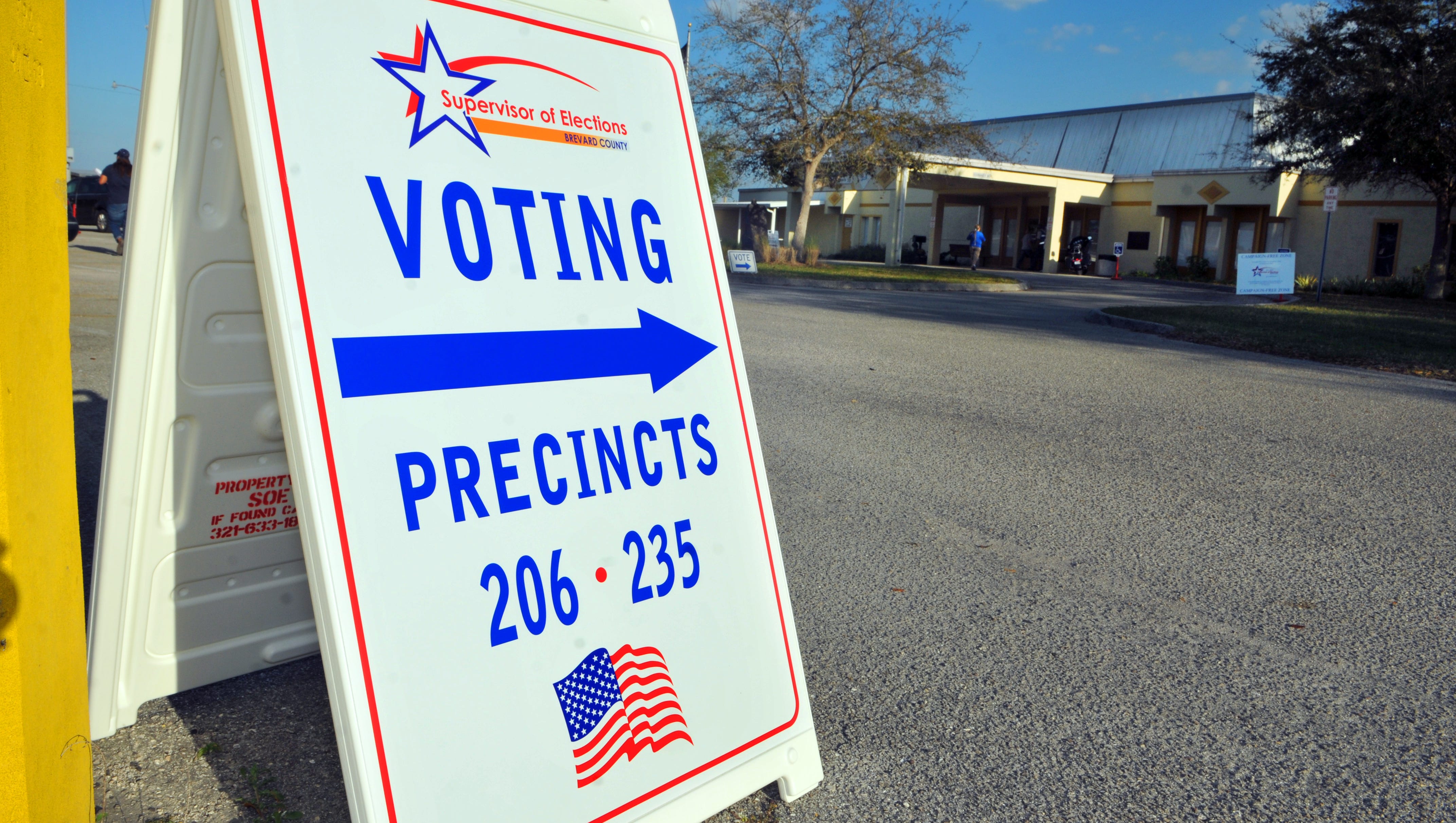
Majorities of voters ages 18 to 29 (67%) and 30 to 44 (58%) favored the Democratic candidate. The age divide in voting, which barely existed in the early 2000s, also is large. White men who do not have a college degree voted Republican by about two-to-one (66% to 32%). Whites with less education – particularly men – supported the Republican. When gender, race and education are considered together, women college graduates stand out for their strong preference for the Democratic candidate (59% favored the Democrat while just 39% voted Republican). (For more on long-term trends in voters’ party identification, see “ Wide Gender Gap, Growing Educational Divide in Voters’ Identification.” For a detailed study of demographic divisions in the 2016 electorate based on voter records, see “ For Most Trump Voters ‘Very Warm’ Feelings for Him Endured.”) As was the case in the 2016 presidential election, white men voted Republican by a wide margin (60% to 39%) while white women were divided (49% favored the Democratic candidate as many supported the Republican).īlacks voted overwhelmingly (90%) for the Democratic candidate, including comparable shares of black men (88%) and black women (92%). The exit polls show divisions across racial and educational groups, too. The gender gap in voting preference is not new, but it is at least as wide as at any point over the past two decades, according to exit polls by the National Election Pool, as reported by CNN. Women favored the Democratic candidate in their district by 19 percentage points (59% to 40%) while men voted for the Republican 51% to 47%. (The exit polls offer the first look at the electorate the portrait will be refined over time as additional data, such as state voter files, become available).

(With votes still being tabulated in some states, this margin may change.) Democrats won a majority in the House of Representatives for the first time since 2010, while Republicans appear to have added to their majority in the Senate. Nationally, voters favored Democratic candidates for Congress over Republican candidates by a margin of about 7 percentage points, according to a preliminary estimate by The New York Times. There were wide differences in voting preferences between men and women, whites and nonwhites, as well as people with more and less educational attainment.

The stark demographic and educational divisions that have come to define American politics were clearly evident in voting preferences in the 2018 congressional elections. Voters at Franklin Elementary School in Kent, Ohio, on Nov.


 0 kommentar(er)
0 kommentar(er)
